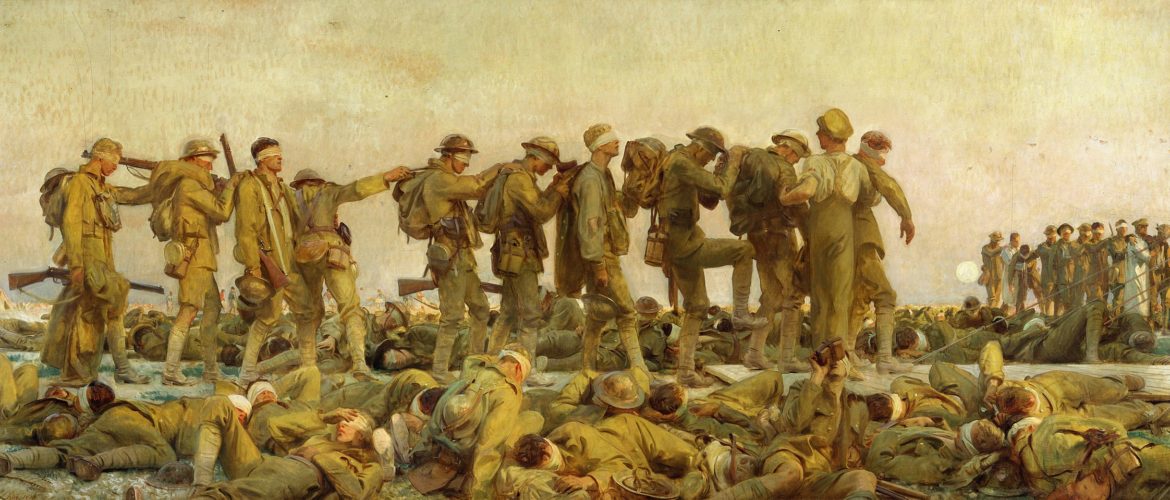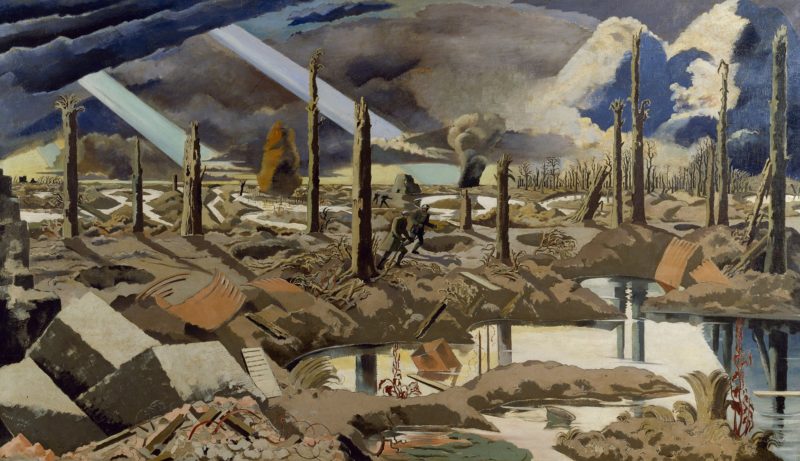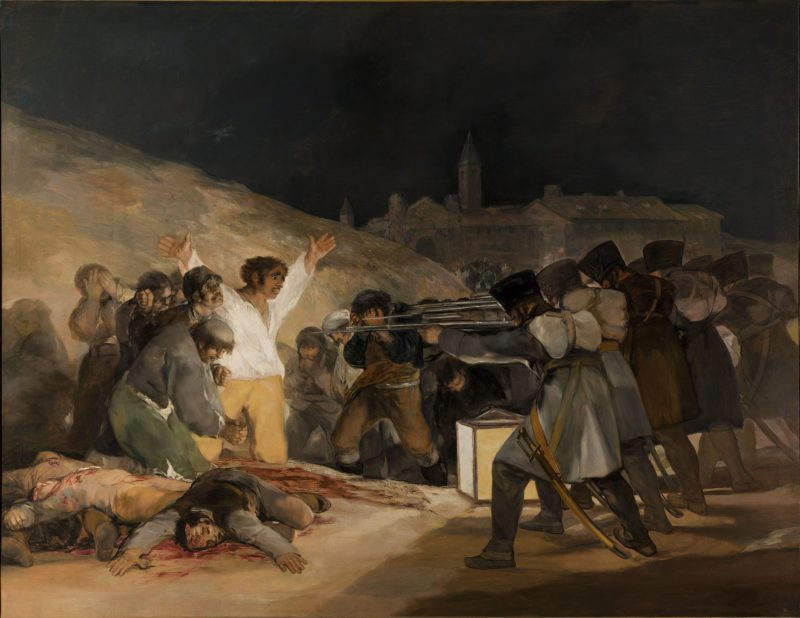War and Art: 5 Disturbing Ways They Are Related

Can something such aesthetic and beautiful as art have something in common with something gruesome as war? As it turns out, yes. Being the reflection of society, art serves as a mechanism of preserving history with paintings, sculptures, and photographs. A theme of war is essential and indispensable for many artists. It has been relevant since the times of cave art when prehistoric people depicted skirmishes between hostile tribes. If you want to learn more about the connection between war and art, let’s look at some ways they relate to each other.
War and Art: Five Disturbing Ways They Are Related
1. The depiction of the crisis
Every war is a catastrophe for progress. There is nothing more revolting and disturbing than a country in war. As a result, crisis and despair become the core inspiration for many artists.
2. The price of war
Dead people, mutilated bodies, and graves are some of the darkest images of any war. To show how high the price is, artists decide to show the most realistically unsavory parts of warfare.
3. Art as propaganda
Needless to say, propaganda art is one of the by-products of war. Some artists are forced to create catchy leaflets and flyers. That’s one of the shameful ways of how war and art cooperate.
4. Post-war healing effect
When the war is over, entire societies need to go through post-war trauma. In such times, art can become one of those rear beams of light that will motivate people and help them move to the next phase.
5. Art as opposition
Opposite to propaganda art, artists also express their views and opinions against wars. It is an attempt to demonstrate the absurdity of wars and their monstrosity. For example, Banksy is a good example of an anti-war artist.
War and art always go hand in hand, and—frankly speaking—it could not have been otherwise. Remember that one of the primal functions of art is a reaction.


